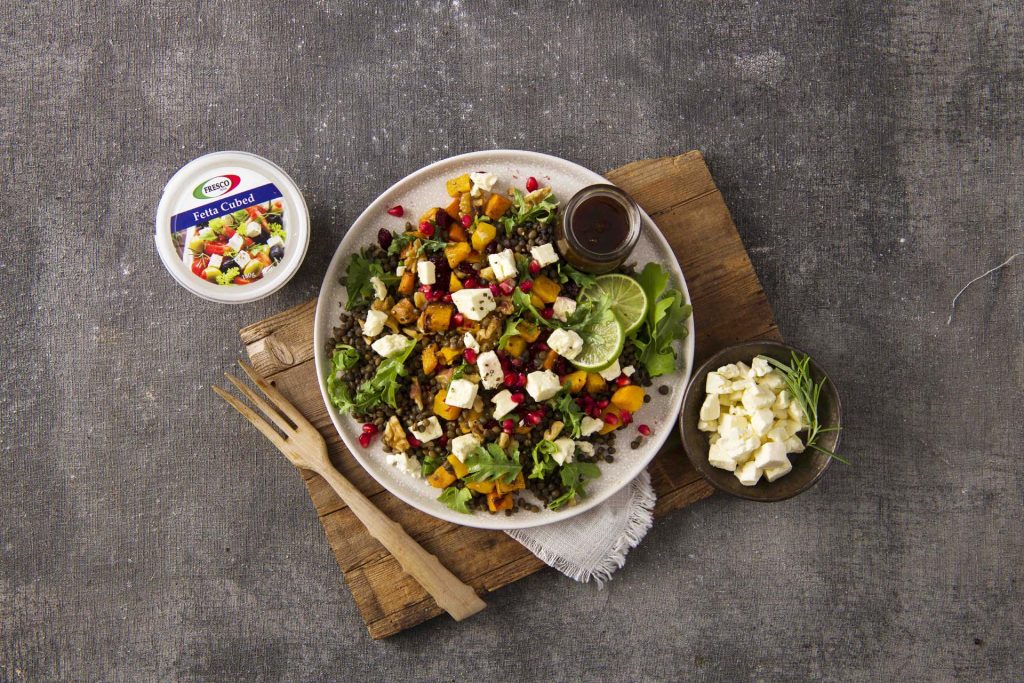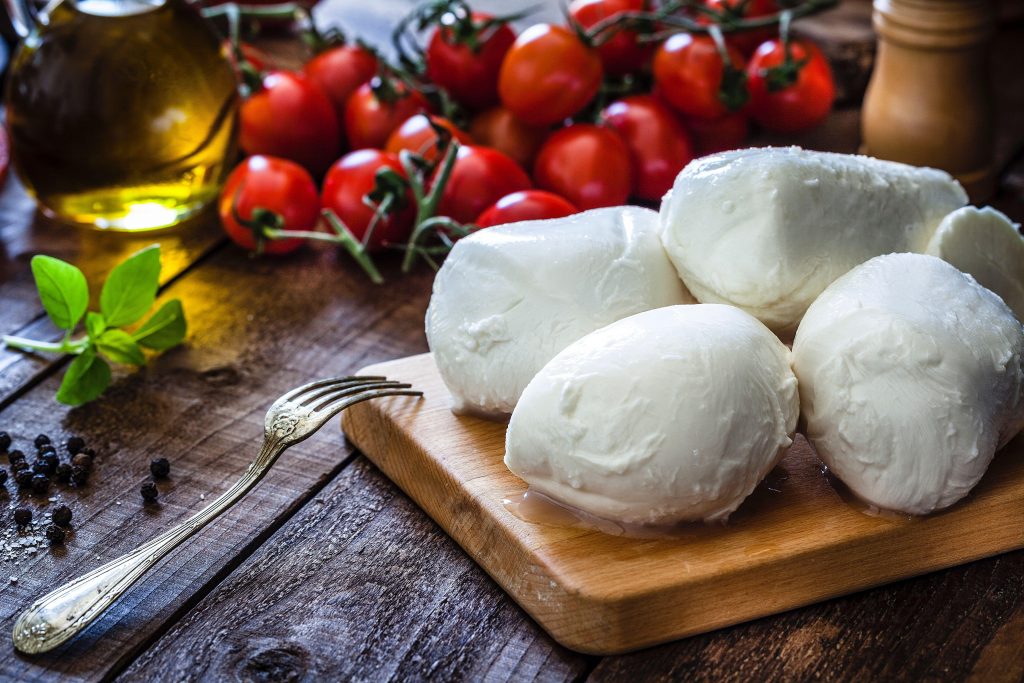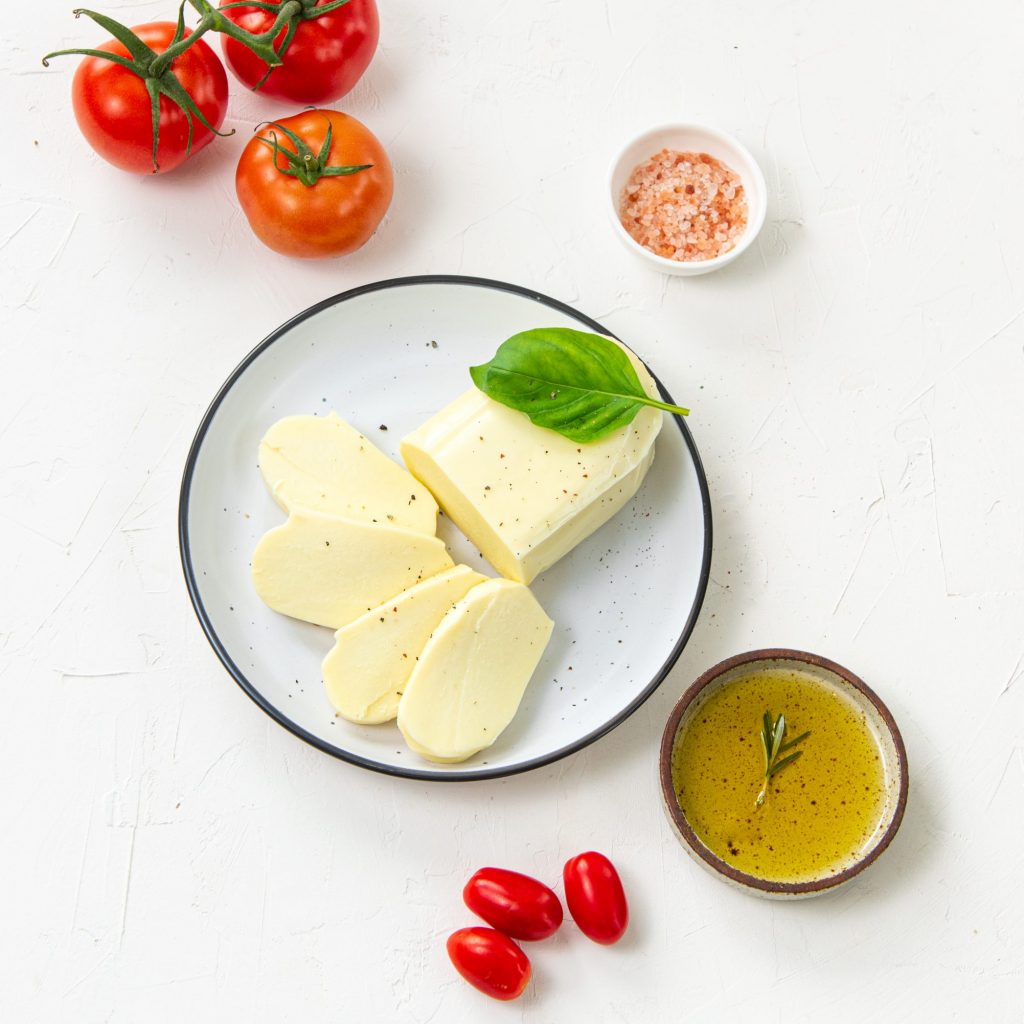If you’ve ever wondered exactly what is mascarpone, this blog is going to give you all of the answers. Mascarpone is a light, sweet, milky-tasting fresh cream cheese with a smooth texture and ivory color. Because of the high butterfat content, it has a rich, buttery texture and is often used as a filling or frosting for cakes, pastries, and other delectable desserts. Mascarpone is made from cream that has been thickened with the addition of citric acid or lemon juice.
The cream is then heated until it curdles and separates into whey and curds. The curds are then strained and cooled, resulting in a thick, creamy cheese. Mascarpone is an Italian cheese produced from cow’s milk, with its origins residing in the region of Lombardy in northern Italy during the renaissance era, where dairy farmers had long cultivated a rich tradition. Dairymen in the area became well-known for selling fresh cheese curds during the 1500s and 1600s, under the name mascarpone.
Visit us at our factory shop and speak with our expert cheese artisans about all things Fresco Cheese and so much more!
What is Mascarpone Cheese & How is it Made?
How Mascarpone is Made
Mascarpone is made by adding acid to fresh cream causes it to coagulate; the resulting curds get gently cooked over a steady heat until they reach the consistency of crème fraiche. Unlike many cheeses that rely on the thickening ability of rennet, an enzyme produced in the stomachs of ruminant animals, mascarpone uses citric or tartaric acid to solidify the cream. Lemon juice is also a simple ingredient that works the same way. After draining the whey, soft, fresh, buttery mascarpone remains. As a fresh cheese, it can be packaged or used immediately.
At Fresco Cheese, we take great pride in the way we produce our range of cheese, and employ the same techniques used throughout the years in Italy to bring our customers authentic, stunning mascarpone. We believe that this is the best way to deliver stunning and close-to-authentic products for our customers.
Browse our fresh mascarpone today
Mascarpone & Cream Cheese: The Difference
Mascarpone has at least twice as much fat as American cream cheese, which gives it a richer, almost melt-in-your-mouth quality. You can use the two interchangeably, but you should expect differences in both flavour and texture. American cream cheese tends to be firmer with a tangier flavour. Some dessert recipes call for portions of each.
What Is Mascarpone Used For?
Mascarpone is a delicious and versatile ingredient that adds richness and creaminess to both sweet and savory dishes. It’s a cheese that’s topped on a fruit bowl and cupcakes or used as frosting for cakes and muffins instead of whipped cream. It’s also a cheese that can be used as a replacement for sour cream in banana bread, and other baked delights.
For a more savory touch, add mascarpone to pasta sauce or use it in place of cream in most recipes. It may also be used to thicken soup, stuff chicken breasts, and make a bagel spread. Some people go as far as popping a teaspoon on top of their roasted vegetables, and even mixing into scrambled eggs. It’s a completely diverse cheese thanks to its light flavour and soft texture.
The Fresco Cheese Way
At Fresco Cheese, our expert artisans take pleasure in producing a variety of cheeses the traditional way. We have years of expertise under our belts and understand what it takes to create delectable and unique cheese that our consumers enjoy thanks to our passion for the process and generations of cheesemaking experience. As local artisans, we’ve developed a reputation as the preferred option for home cooks and even professional chefs across the region. Not sold? 100% of our milk is sourced locally from Australian farms! Meaning you’re purchasing completely Australian made cheese.
Choose Fresco Cheese!
If you’re interested in learning more about what is mascarpone or you want to browse our selection of fantastic cheese, visit our local cheese factory outlet today! For more information or if you have any general questions, get in touch with us through our online form.




